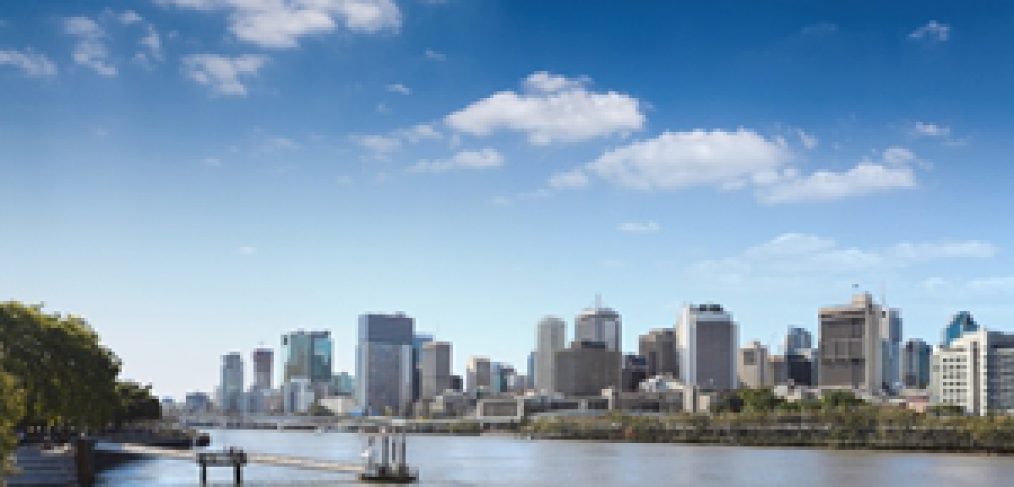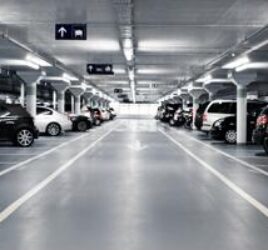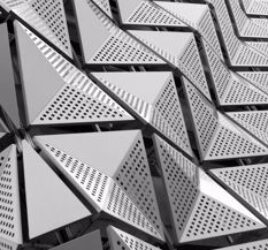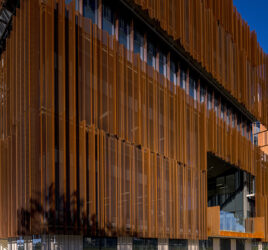
Writing sustainability into every step of the design process
The concept of sustainability is gaining prominence in architectural and design circles, but many of Australia’s buildings are still being built in ways that don’t account for our hot, sun-drenched climate. This year’s Australian Smart Skyscrapers Summit shows Australian architects are starting to pay attention, but as a whole the industry isn’t doing as well as it could. There are still too many residential and commercial buildings relying on energy-draining air conditioning to cool inhabitants. However, with a different approach to context and materials, our architecture could be more sustainable and better for people and for the environment.
Brisbane buildings aren’t optimised for the conditions
Many of Brisbane’s new apartment buildings failed to account for the area’s subtropical climate.
In November of last year, Associate Professor Rosemary Kennedy of Queensland University of Technology told the International Conference on Energy and Environment of Residential Buildings that many of Brisbane’s new apartment buildings failed to account for the area’s subtropical climate, and that this was a failure of their design.
“We need to see more use of fundamental architectural principles that are suitable for the city’s subtropical climate and lifestyle,” Professor Kennedy said. She recommended an architectural approach that “uses passive strategies and appropriate orientation with active participation of occupants to regulate the flow of heat and air, and control noise.”
 Understanding a building’s location and conditions is crucial to designing it to be energy-efficient.
Understanding a building’s location and conditions is crucial to designing it to be energy-efficient.Flexibility is key
Others in the field have shared similar sentiments about Australia’s lack of location-sensitive design. Architect Simon Disler told ABC News that flexibility is an important part of sustainable architecture, and one that is largely missing from Australian residential buildings. He argued that a building will perform better in terms of energy use and user comfort if it is built with its location in mind.
“There’s not really any expertise, and much consideration of which way it should face regarding the sun, which is going to give you your sort of key performance,” he said.
This criticism echoes Professor Kennedy’s primary complaints about Brisbane’s apartments, which don’t address the direct sunlight the buildings face. She said that the style of design has too much glass and not enough natural ventilation for the conditions – both issues that could be solved with a combination of sensible planning and appropriate materials.
The idea of passive design
Caroline Pidcock is a Sydney-based architect who focuses on sustainability in her work. She argues that the principle of passive design – designing a building to work with its location, orientation and climate – is one of the most important concepts an architect can employ in their work.
In Australia, sustainability often comes down to deciding how to deal with the sun.
“By working cleverly with that, you can create beautiful spaces with enormous amounts of natural comfort,” she told The Huffington Post Australia. “For me, that is a good aim – and it can be achieved for little to no cost.”
For Pidcock, sustainability comes from designing buildings specific to their situation, and in Australia, that so often comes down to deciding how to deal with the sun.
Locker Group products’ contribution to sustainable design
Locker Group has worked to develop a diverse range of architectural products that can be used to shade buildings from direct sunlight without reducing natural light or blocking the occupants’ view out from the interior. These include perforated and expanded metals, wire curtains and our Atmosphere facade system. All of these are available in a range of materials and finishes to suit any aesthetic style.
Here at Locker Group, we’re optimistic about the potential Australian architecture has to make the most of our climate, and we’re excited by the projects that are already taking advantage of sustainable design. We like to work closely with architects and designers to realise their ideas for efficient, sustainable buildings. If you’ve got a project you’d like to collaborate on with us, please get in touch and we can discuss the possibilities our products can offer.




